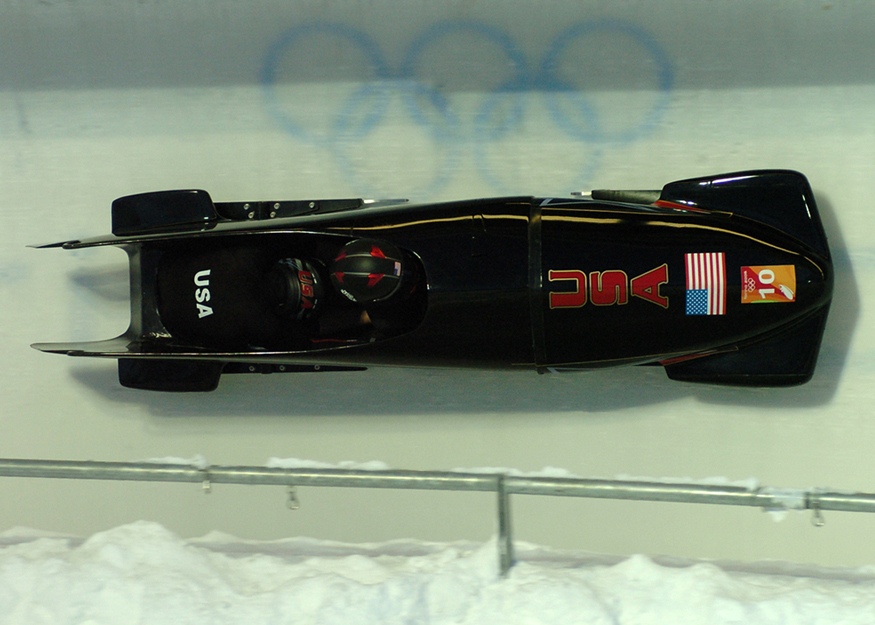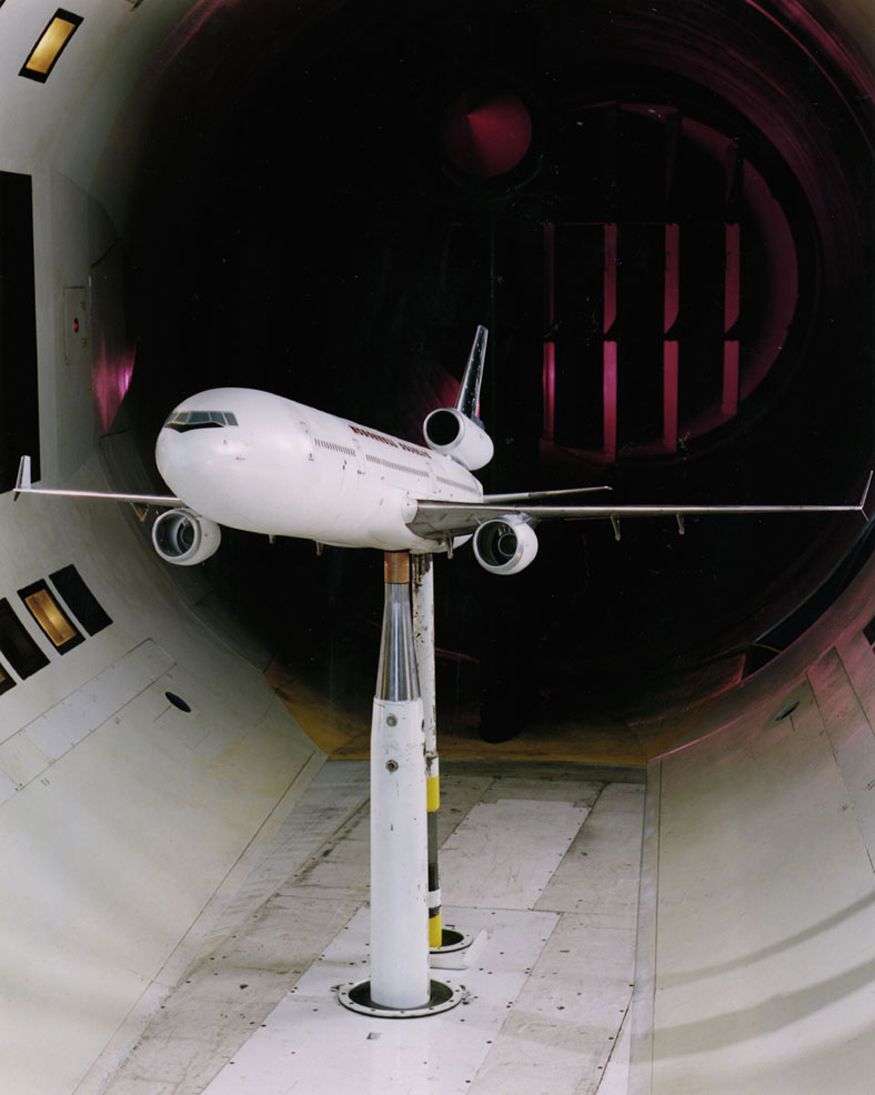| << Chapter < Page | Chapter >> Page > |
Another interesting force in everyday life is the force of drag on an object when it is moving in a fluid (either a gas or a liquid). You feel the drag force when you move your hand through water. You might also feel it if you move your hand during a strong wind. The faster you move your hand, the harder it is to move. You feel a smaller drag force when you tilt your hand so only the side goes through the air—you have decreased the area of your hand that faces the direction of motion. Like friction, the drag force always opposes the motion of an object. Unlike simple friction, the drag force is proportional to some function of the velocity of the object in that fluid. This functionality is complicated and depends upon the shape of the object, its size, its velocity, and the fluid it is in. For most large objects such as bicyclists, cars, and baseballs not moving too slowly, the magnitude of the drag force is found to be proportional to the square of the speed of the object. We can write this relationship mathematically as . When taking into account other factors, this relationship becomes
where is the drag coefficient, is the area of the object facing the fluid, and is the density of the fluid. (Recall that density is mass per unit volume.) This equation can also be written in a more generalized fashion as , where is a constant equivalent to . We have set the exponent for these equations as 2 because, when an object is moving at high velocity through air, the magnitude of the drag force is proportional to the square of the speed. As we shall see in a few pages on fluid dynamics, for small particles moving at low speeds in a fluid, the exponent is equal to 1.
Drag force is found to be proportional to the square of the speed of the object. Mathematically
where is the drag coefficient, is the area of the object facing the fluid, and is the density of the fluid.
Athletes as well as car designers seek to reduce the drag force to lower their race times. (See [link] ). “Aerodynamic” shaping of an automobile can reduce the drag force and so increase a car’s gas mileage.

The value of the drag coefficient, , is determined empirically, usually with the use of a wind tunnel. (See [link] ).

The drag coefficient can depend upon velocity, but we will assume that it is a constant here. [link] lists some typical drag coefficients for a variety of objects. Notice that the drag coefficient is a dimensionless quantity. At highway speeds, over 50% of the power of a car is used to overcome air drag. The most fuel-efficient cruising speed is about 70–80 km/h (about 45–50 mi/h). For this reason, during the 1970s oil crisis in the United States, maximum speeds on highways were set at about 90 km/h (55 mi/h).

Notification Switch
Would you like to follow the 'Concepts of physics' conversation and receive update notifications?